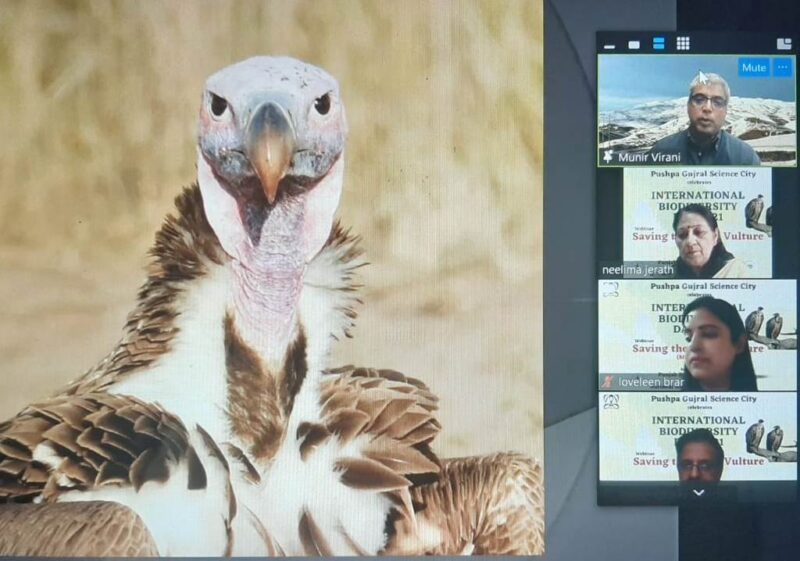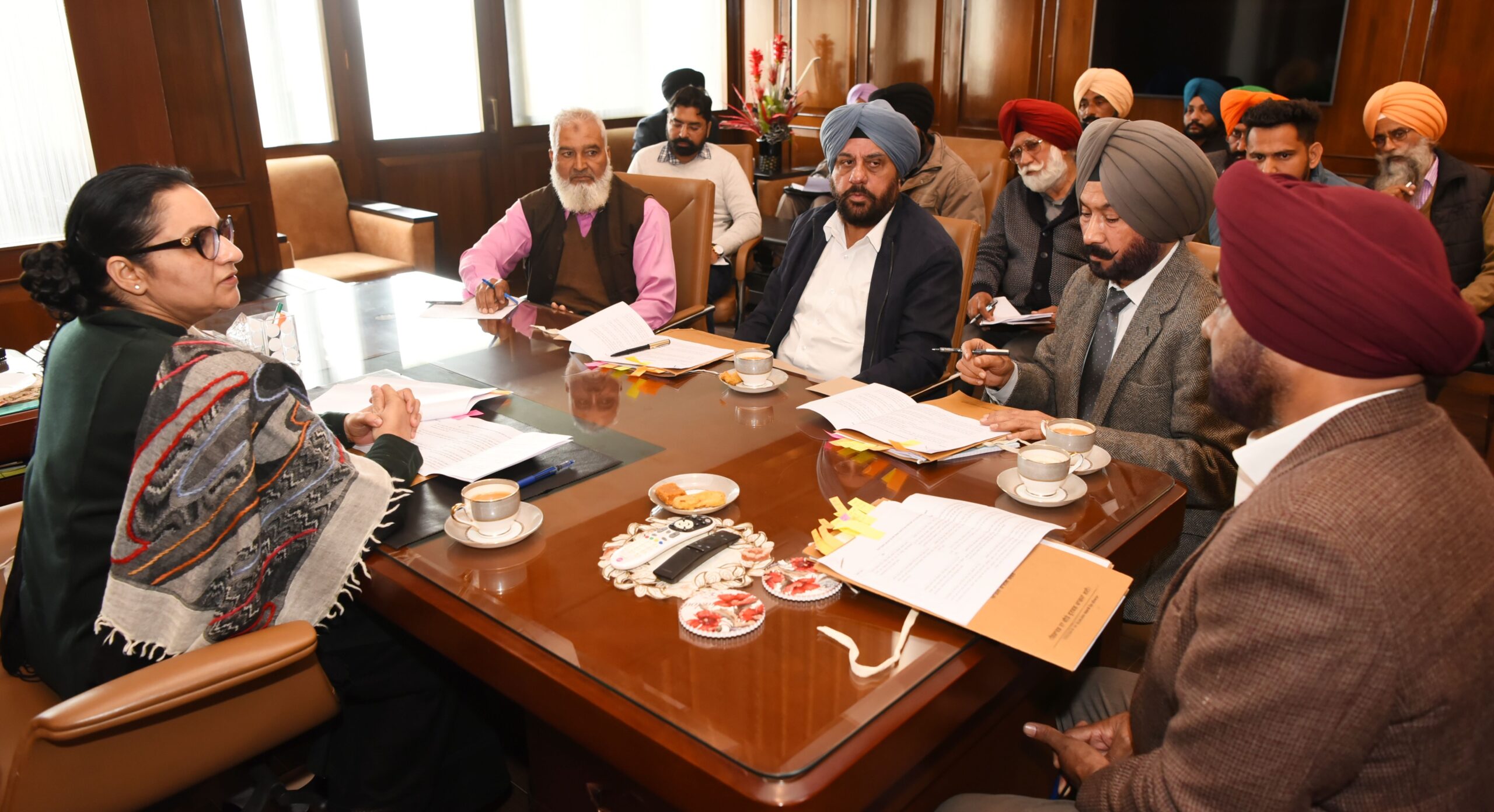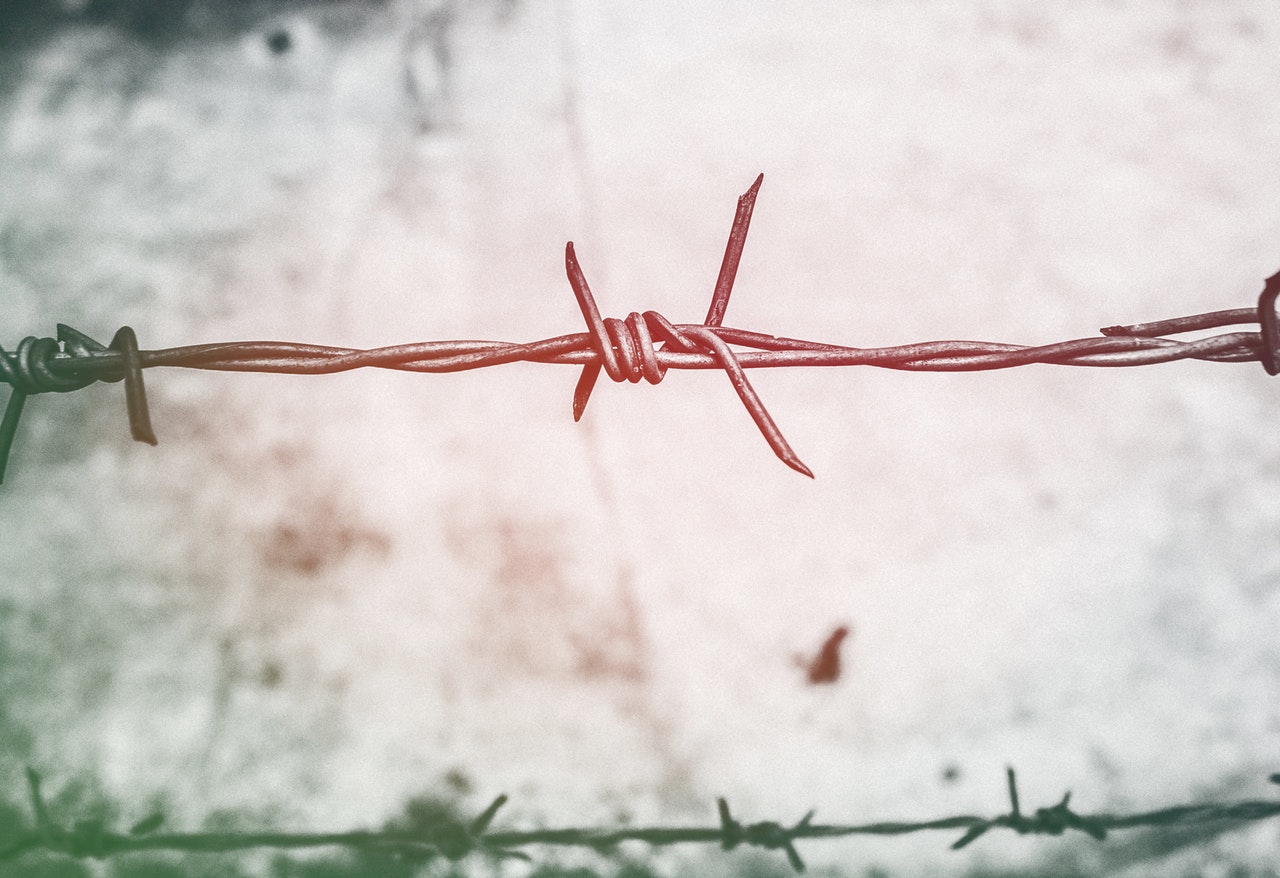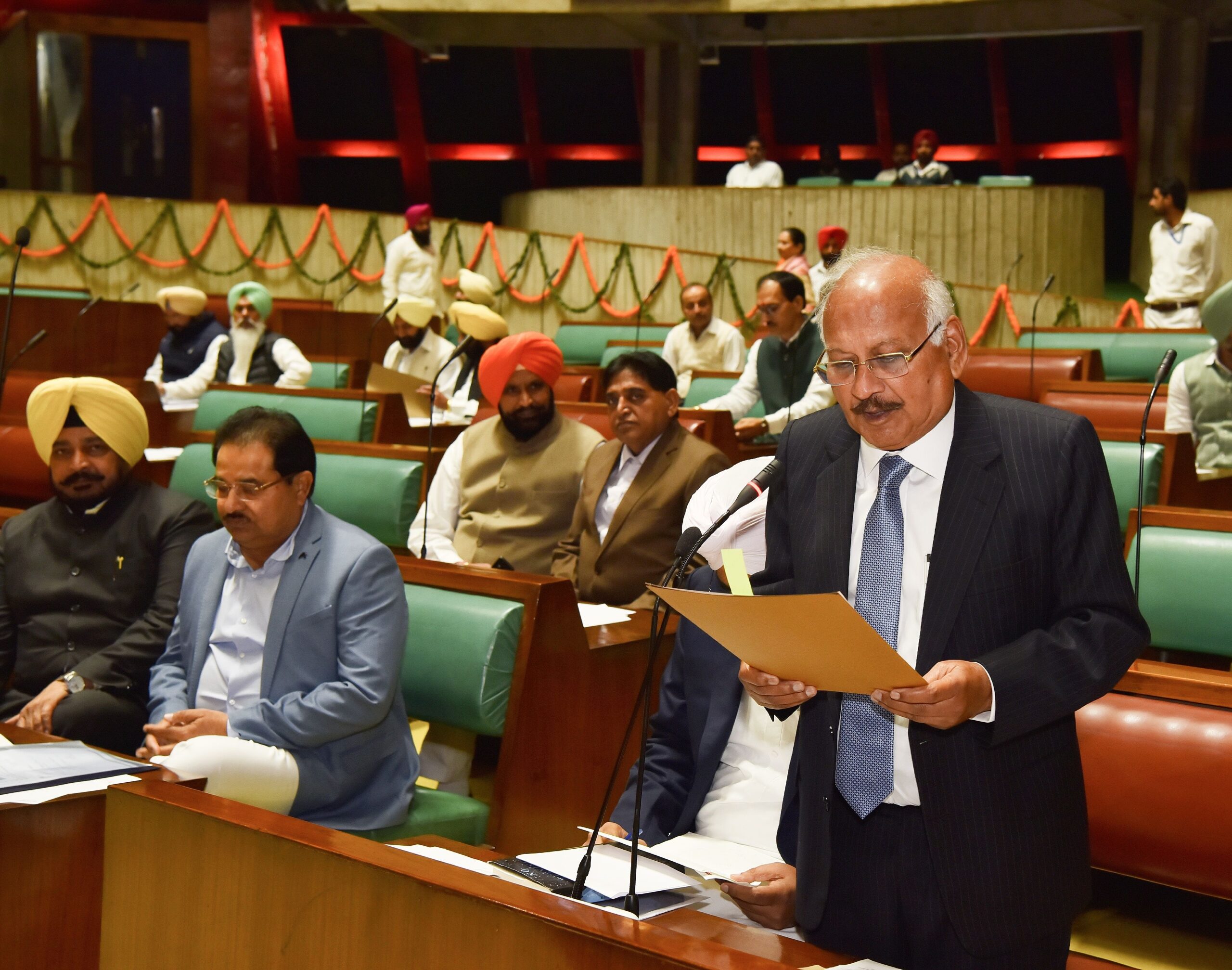A webinar on “Saving the Asian Vulture” was organized as a part of Biodiversity week being observed by Science City to mark the celebration of International Biodiversity Day. More than 300 college and senior secondary school students, teachers, foresters, researchers, bird watchers and environmentalists participated from all over Northern India. Dr. Munir Virani, Executive Vice President at The Peregrine Fund -World Center for Birds of Prey (from USA) , who was the key speaker at the occasion, said that seven species of vultures make up the New World vultures that are found throughout the Americas.
The Old World vultures found in Africa, Asia and Europe are made up 16 different species and closely related to eagles, kites and hawks and of which nine species of vultures are found in India. Most of these species are endangered and are at the verge of extinction due to rapid and major population collapse in recent decades. In 1980s, there were up to 80 million white-rumped vultures (Gyps bengalensis) in India, however, today the population has declined to mere thousands only. Population of three Gyps vultures in South Asia decreased by about 95% in the 1990s. Further, South Asia’s vulture population fell sharply mainly due to an anti-inflammatory drug called diclofenac once routinely administered on cattle. Vultures that scavenged on cattle carcasses that contained traces of the drug often died from toxicity and kidney failure. He revealed various conservation strategies being adopted to restore vulture population in South Asia.
Dr. Neelima Jerath, Director General- Science City, giving introductory remarks at the occasion said that Vultures are also known as nature’s cleanup crew which do the dirty work of cleaning and helping to keep ecosystems healthy as they act as natural carcass recyclers. In the past two decades, vulture population has declined by a whopping 99%. There are currently, about 100,000 vultures left in India representing fastest decline of any species in the world. They are an important part of the food chain and studies have shown a direct relationship between the decline of vultures and spread of diseases like rabies in the country originating from rise in wild dog population. She emphasized on conservation breeding programs to restore vulture population need to be strengthened. She informed that sporadic vulture conservation programs had been initiated in the country, including the one in nearby Pinjore, which are yielding good results. Certain individuals have also come forward to participate in vulture protection initiatives.
Dr. Rajesh Grover, Director- Science City, present at the occasion said that Vultures provide critically important ecosystem services and socio-economic benefits. The declining vulture population in the country could lead to public health catastrophe. Further, vulture extinction in the country is an ongoing risk and conservation programs will be necessary to safeguard India’s vulture population despite challenges of slow breeding time, he added.









